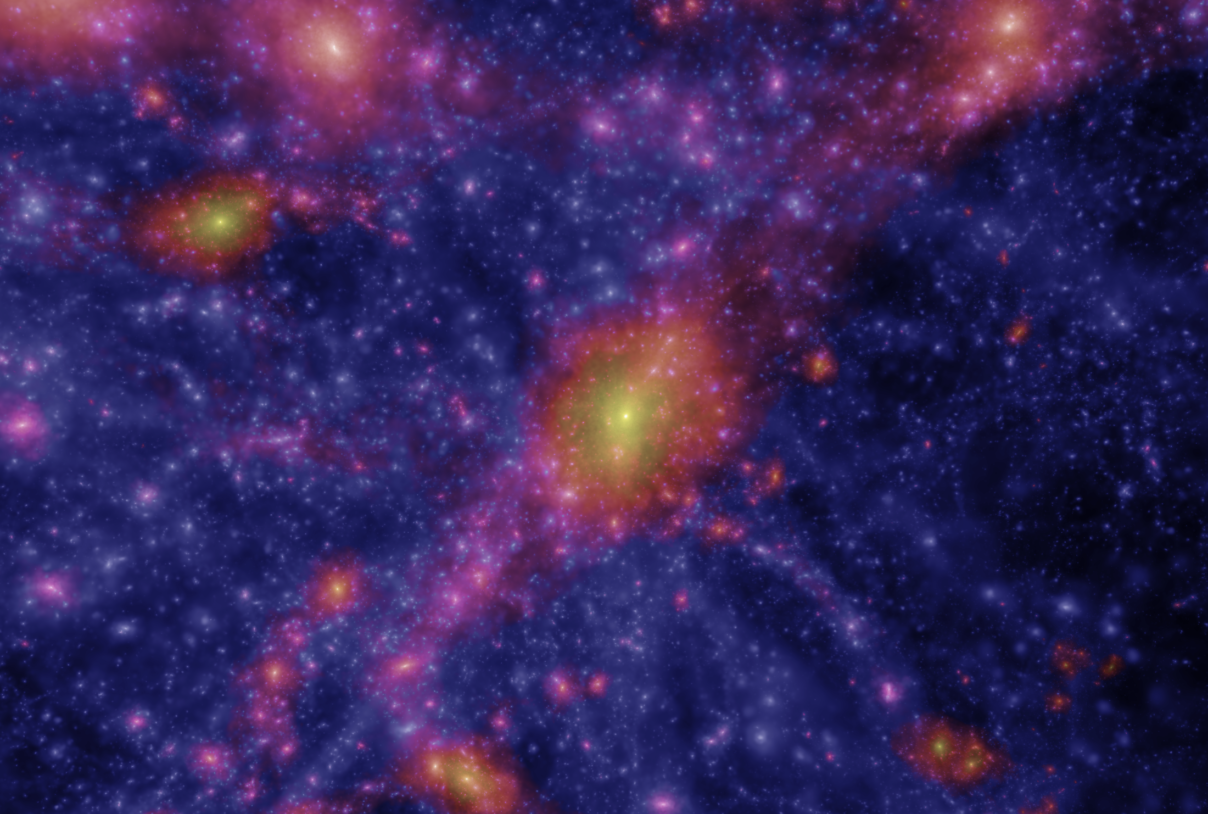What is dark matter?
What is dark matter?
In 1933, the Swiss astronomer Fritz Zwicky attempted to connect the speed of galaxies to the mass of the massive clusters in which they were located. The more massive the cluster, the stronger the gravity, and subsequently the faster the speed of the habituating galaxies. In doing so, however, he came across a curious finding — he was unable to reconcile his calculations with the mass inferred from the observed light of stars in the cluster. The motion of the galaxies required a mass 10 times larger than the observed mass. This discrepancy between observed and inferred mass was termed “dark matter”.
In the decades that have followed, the existence of dark matter has become part of the standard model of cosmology. In fact, it is estimated that about 85% of the mass of the Universe is in the form of this invisible dark matter — invisible because it does not interact with light. The presence of dark matter is deduced by its gravitational effects.

The great gravitational pull of dark matter is in fact what causes the formation of structure in the Universe in the first place. Dark matter collects in vast sheets and filaments, forming gravitational sinks that attract gas and dust, coaxing the formation of stars and galaxies in the process. The “Cosmic Web” of dark matter is the invisible skeleton supporting the visible Universe.
To this day, the direct detection of the dark matter particle has evaded physicists. In a joint effort, astronomers and particle physicists around the world are attempting to uncover more details of this esoteric substance that not only dominates the mass of the Universe, but seeds the creation of everything within it.
